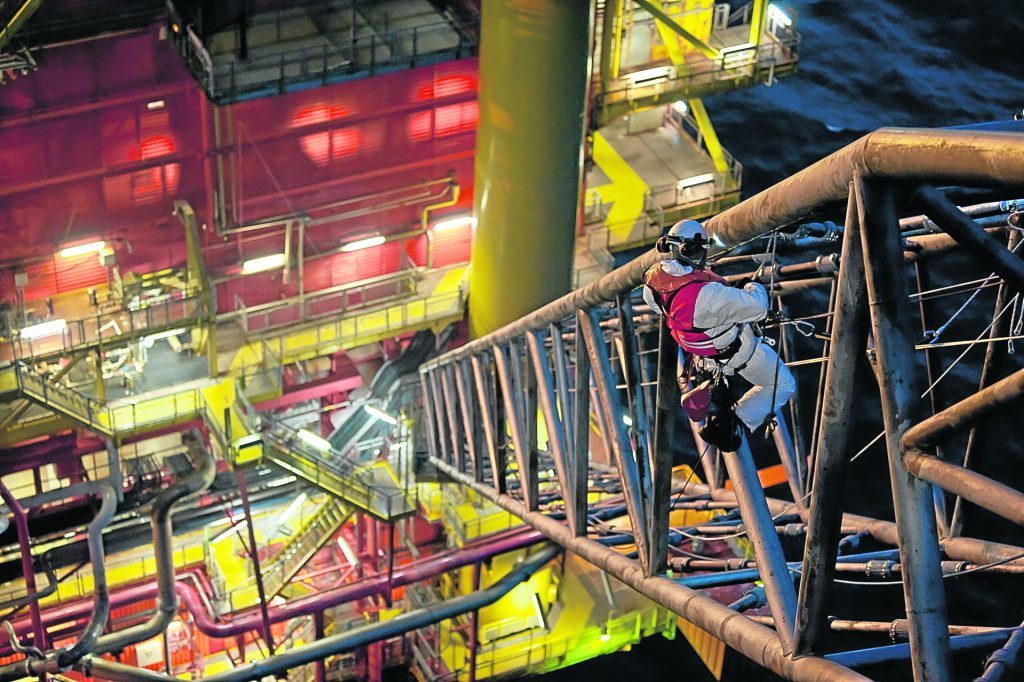
According to Oil and Gas UK’s Health & Safety Report 2017, 73 hydrocarbon releases (HCRs) were reported under RIDDOR in 2016. Although the total number of process HCRs has been showing a sustained decline since it hit a peak in 2004 it is still the second most common type of incident and accounts for more than a quarter of dangerous occurrences reported under RIDDOR. There is no doubt that prevention of hydrocarbon releases remains an industry priority; and according to Plant Integrity Management Ltd (PIM) integrity management and in particular, improved condition knowledge, sometimes referred to as condition statements, should be an integral part of achieving this.
Stevie Darroch, project manager at PIM said: “Ageing assets and a challenging oil price means that there is ever more emphasis on achieving lower lifting costs while needing to maintain a safe working environment. Well planned maintenance is vital to realising this.
“A downward trend in the number of process HCRs is excellent progress as is the decrease in the number of safety critical maintenance hours in backlog. However, the increase in the deferred maintenance backlog is more concerning. Non-HCR releases should also be considered as they can have significant repercussions if not maintained.
“The increase of deferred maintenance backlog hours is an indication that not all equipment is being maintained or inspected within the desired, risk assessed timeframe. This may increase the risk associated with this equipment and also highlights the importance of ensuring we really understand the condition of our assets. PIM is advocating the implementation of condition statements for precisely this reason.
“We want to help operators to have a full understanding of their asset(s) not only to ensure its safe running but also to maximise production. We believe that comprehensive condition statements should be implemented across the industry. These statements provide invaluable insight regarding the condition of their equipment and any issues that may affect them before their next inspection. Quite simply, being fully aware of the condition of our asset(s) allows us to make informed decisions.
“Condition statements create a fact file of the current and historical condition of the system. We draw on information from inspections, anomalies and process conditions. By providing a condition statement and classifying equipment condition we enable the operator to make decisions regarding their assets. This information gives them a more in-depth awareness of the overall asset condition thereby enabling the effective allocation of time, costs and resources. This can be used as the basis for any maintenance decisions which can also be prioritised in line with other integrity management needs.
“We believe this is especially applicable to ageing assets as well as those which are approaching decommissioning.”
Stevie added: “I would go as far as to say that we consider the visibility of condition to be vital to the safe and effective running of our industry; integrity management can be the difference between continued operation and decommissioning. Integrity costs are not linked to production but to age.
“In calling for condition statements to be implemented our aim is to help operators capitalise on their understanding and knowledge of their assets’ condition. Doing so should enable them to maximise production through valid, focussed inspections while positively impacting their bottom line.”
Recommended for you

